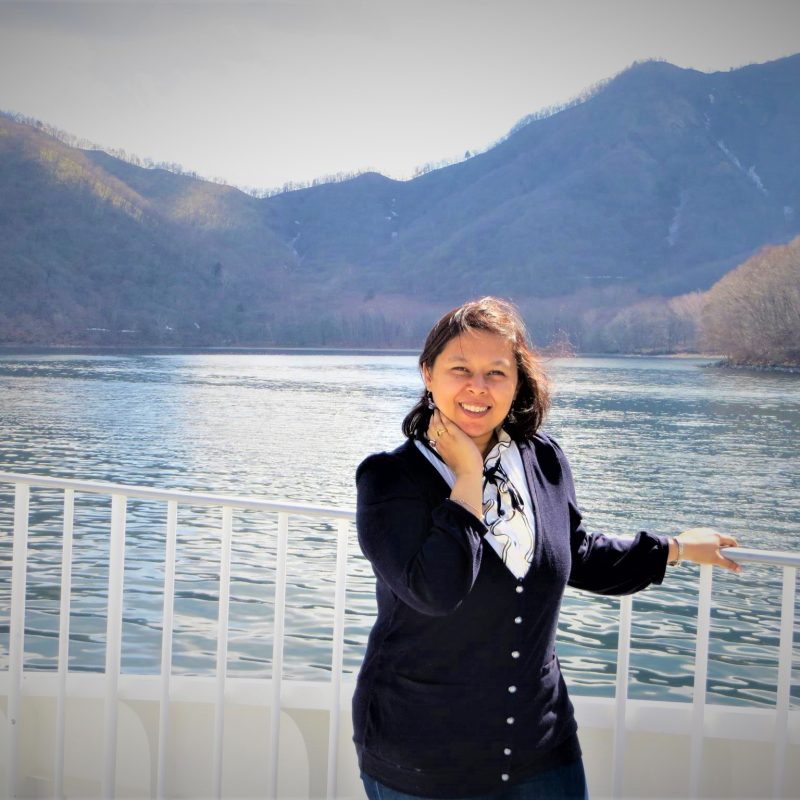Shilpa Thakur is a passionate writer, traveller, photographer and actor. She has spent a fair share of time in Japan and is in awe of its architecture. In 2017 Shilpa took a trip to Leh, Ladakh that changed her life forever. During the course of this trip, she fell in love with photography; and life hasn’t been the same ever since. Shilpa Thakur believes in bringing pictures to life with her work and strives to do so every day.
In this interview with Storiyaan, Shilpa Thakur shares her views on photography and gives budding photographers insight into the field. Shilpa also shares the thought process behind her pictures and ways in which one can capture a story through photography. Her words will definitely broaden your horizons and expand your knowledge base.

Interview
Questions and answers
What is it about Japanese architecture that excites you?
There are two primary types of architecture in Japan. One consists of pagodas, palaces and gardens with majestic architecture. The second is a relatively newer style, which is mostly found in Tokyo and is very modern, with skyscrapers and ports. I love these styles of architecture and enjoy capturing them.
What was the ideation behind the fabulous picture you captured for the ‘freedom’ contest?
The picture portrays the very core feeling of freedom. People often shy away from their emotions due to fears of rejection, anxiety and insecurities. The picture I took aimed to make people believe in themselves. In the picture, a person is leaping towards the expression of joy; as if he’s expressing his inner freedom.
What is your secret behind capturing raw emotions in your pictures?
I like capturing people in the most natural way, so I keep the environment as natural as possible during a shoot. If I’m shooting in a studio, I play the model’s favourite song, if it’s an outdoor shoot, I explore some places with my model and take pictures throughout. I have explored many Japanese gardens and sea side areas in Japan. I have also explored the Gateway of India in Mumbai with my model; that way, I captured raw emotions in my pictures.
How do you think a photographer can get the viewers to connect with a particular picture?
In photography, it is imperative for every picture to tell a story. For example, if you’re capturing a building, experiment with a different angle, another time of the day, different weather, etc. These small things make it possible for a photographer to weave stories into pictures.
Out of all the shoots you did in Japan, which was your favourite, and why?
The portraits and the architecture photography I have done are all close to my heart, as they have stories behind them. I’ve created one piece of art called ‘childhood memory’, which is dear to me. It features a child playing with his grandfather, around his mother, in the park. I made some of them blurry, to make it look more like a memory.
What are some mistakes that an amateur photographer should avoid while capturing a shot?
In the beginning, it is essential to read the basic rules about how cameras work. We usually tend to click multiple pictures of the same shot on DSLRs; one must analyse them, in order to improve. Photographers often disregard the importance of framing and focus; which are the primary aspects of photography. As practice makes perfect; one must keep clicking every day to be the best in the business.
As a major part of photography is travelling, how did you deal with the repercussions of the pandemic?
I was in Japan till September, and since the pandemic was under control there, I was able to travel a lot while taking the necessary precautions and kept up with my photography. I haven’t travelled and started my photoshoot in India yet, but I am coming up with new concepts and building up my website.
What are some of the interesting ways in which you have played with shadows in photographs?
I have used shadows in fine art photography and black and white photography as well. Additionally, I have used daily life objects in portraits to create shadows and give my pictures a classic look. For instance, I’ve used a door’s shadow on the model while indoors and a tree’s branch while outdoors.
What are some tips that can help the budding photographer capture wholesome pictures?
Budding photographers should remember that the most important aspect of photography is the ability to capture a story with a picture. Furthermore, they should capture things that interest them the most, so the person viewing their work connects with them on a deeper level.
Recently, everyone on social media is obsessed with ‘golden hour’; what do you think is the best way to capture a shot during this time?
Golden hour is an excellent time to capture photographs because it gives lovely and subtle lighting, which is very difficult to get in the day time. I like capturing photos near beaches, lakes or any area with a natural water body during the golden hour.
How do you think photography can be used to make a social impact?
Photographs can impact the human mind and can be remembered for long periods of time. Photo Journalism, for example, can have a significant impact on society. However, in my opinion, any kind of photography, whether food, travel or fashion has an impact on viewers.
With phone cameras becoming better with every model, do you think there’s a chance it can take over traditional cameras?
Phone cameras are getting better and better with every model. I sometimes click photographs with my smartphone because it is not easy to set up a camera everywhere, but a camera is a must for professional photography. Phone cameras have a plus point, but cameras have their own features, and I think they are an indispensable part of photography.
What is your advice to youngsters starting out as photographers, who may not have the funds and resources to avail of the best equipment?
It is not necessary to have a professional camera initially; one can purchase one later, based on their interest and budget. All you need to buy is a basic camera, start clicking photographs, find the right angles and keep trying to improve your skills. I, myself, started with a smartphone camera and eventually ventured into professional photography.
Quick 5
a. Colour or black and white – Colour, except for classics
b. All-time favourite props to capture – Flowers, leaves and glasses
c. Photography to you is – A collection of memories
d. Best camera – Canon, Nikon and Sony
e. Your dream collaboration – I want to capture people doing humane and inspiring work

